Escher
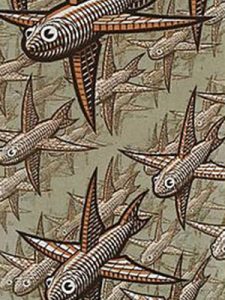
Dutch artist Maurits Cornelis Escher (1898-1972) is internationally appreciated for his graphic art today. He is best known for his woodcuts, mezzotints, and lithographs, featuring mathematical and “impossible” objects, in which he explored symmetry, perspective, infinity, and reflection. Born as the youngest son of a civil engineer, he was a sickly child and had poor grades at school failing second grade. However, he excelled in drawing and had a strong sense for observing nature. Early in his career, he drew inspiration from plants and insects.
Travelling to Italy and Spain where he concentrated on sketching architecture and townscapes, his interest in mathematical structures became stronger. Even though he considered himself as a mathematical layman, his work became well known among scientists and mathematicians, and, starting in the 1960s, also in the popular culture. However, despite popular interest, Escher was for a long time neglected in the art world. While his graphic techniques were respected, his work was considered too intellectual, narrative, and insufficiently lyrical, contrasting with the principles of contemporary art movements. A first retrospective exhibition was held in his home country Netherlands when he was already 70 years old. In the 21st century, his art is being celebrated world-wide.
Showing all 4 results
-
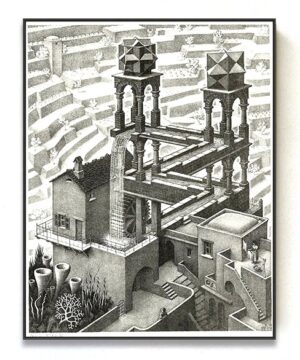
Waterfall by M. C. Escher – Canvas Giclée Print
$89.00 – $129.00 -
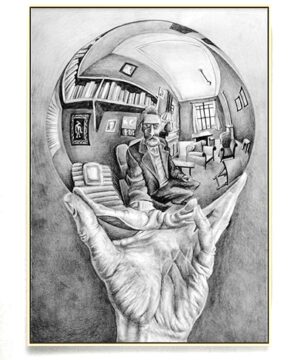
Hand with Reflecting Sphere by M. C. Escher – Canvas Giclée Print
$79.00 – $139.00 -
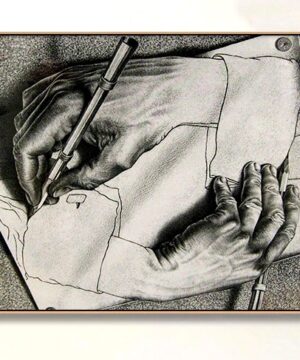
Drawing Hands by M. C. Escher – Canvas Giclée Print
$98.00 – $129.00 -
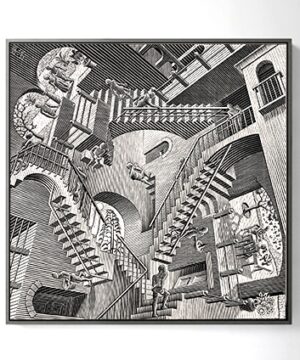
Relativity by M. C. Escher – Canvas Giclée Print
$89.00 – $175.00
